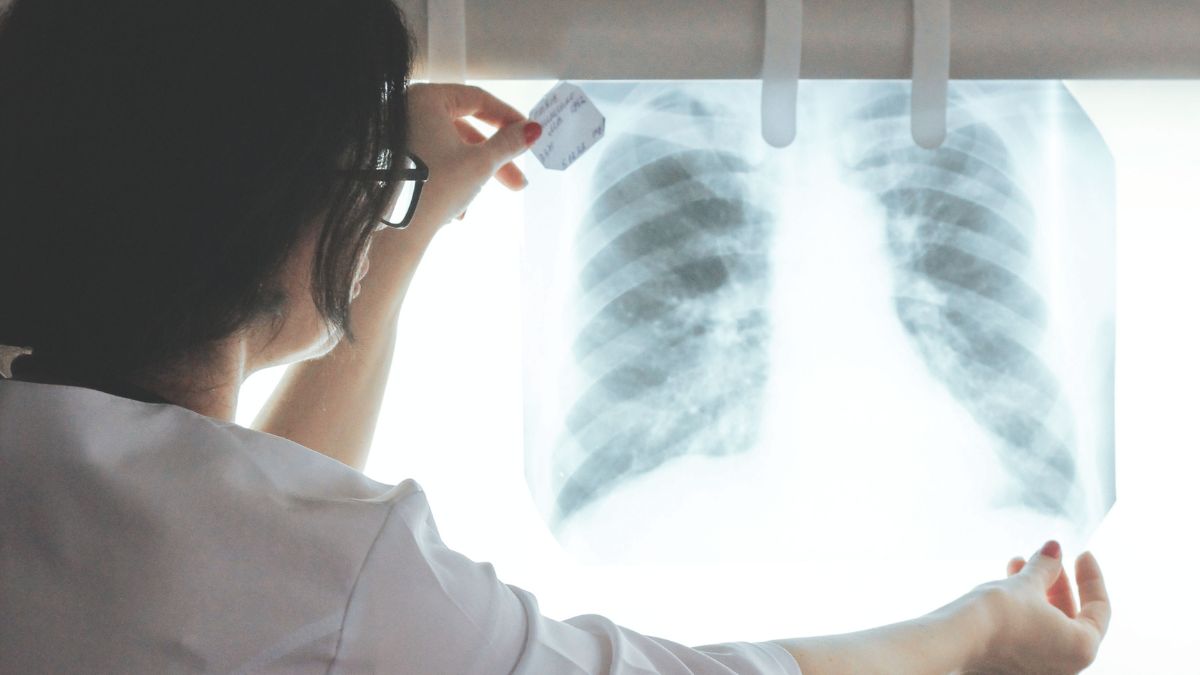
Olha Konstantynovska is a tuberculosis (TB) physician in Ukraine, a country that already had high rates of the disease before the terrible situation it finds itself in now. She describes what motivates her, the extraordinary challenges of trying to provide desperately needed care in a war zone, and the implications for the country’s future.
After the war we’ll have increases in the incidence rate for several years – especially among children.
Olha Konstantynovska MD, PhD
Associate Professor, V.N. Karazin Kharkiv National University in Ukraine
Associate Professor, V.N. Karazin Kharkiv National University in Ukraine
About 25% of our TB patients are already HIV infected, so we have triple infections sometimes – HIV, TB and hepatitis C in one person.
Olha Konstantynovska MD, PhD
Associate Professor, V.N. Karazin Kharkiv National University in Ukraine
Associate Professor, V.N. Karazin Kharkiv National University in Ukraine
It’s very stigmatised, even among medical specialists. In a general hospital, if a patient with TB comes in for consultation for some other reason, people don’t want to contract it.
Olha Konstantynovska MD, PhD
Associate Professor, V.N. Karazin Kharkiv National University in Ukraine
Associate Professor, V.N. Karazin Kharkiv National University in Ukraine
April 2023


